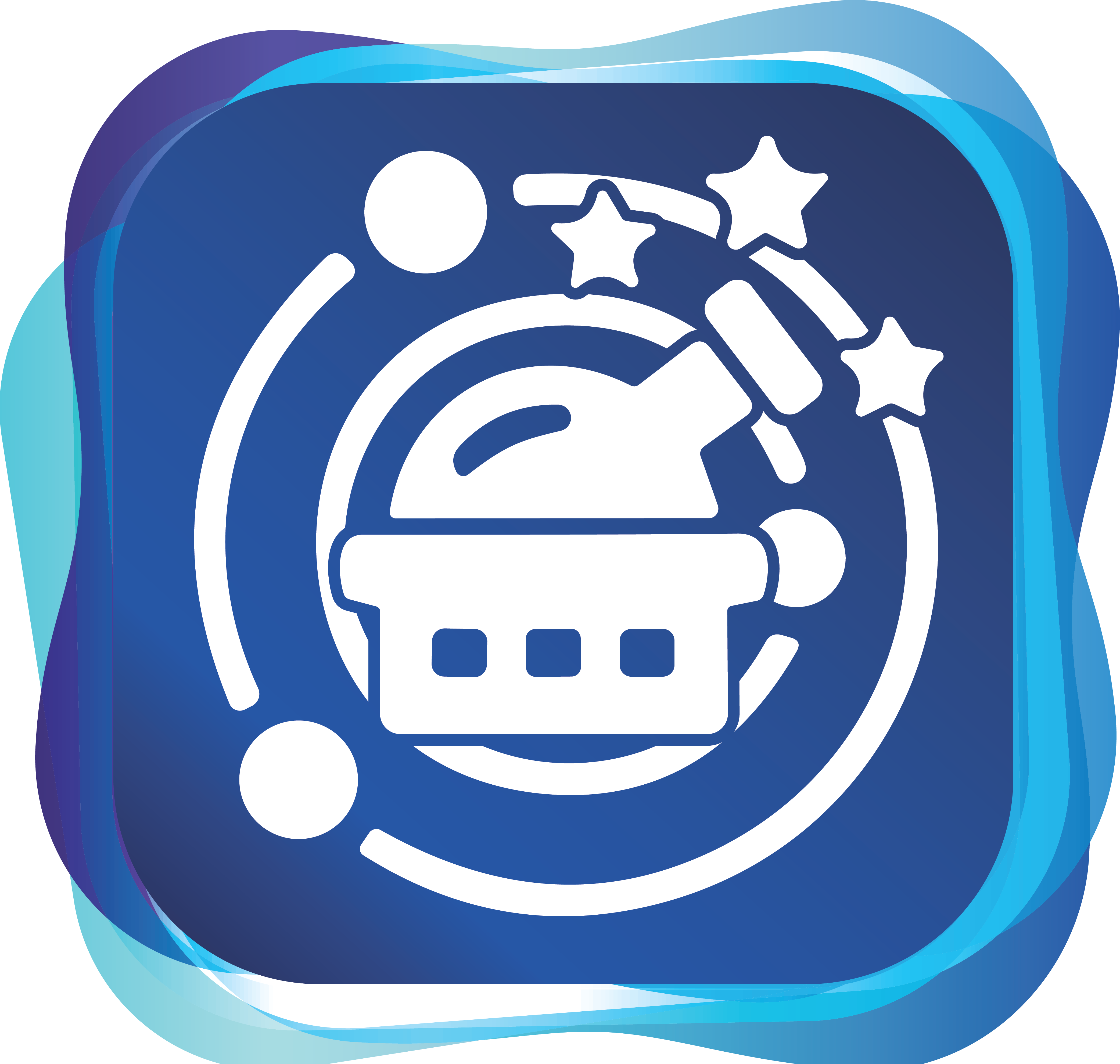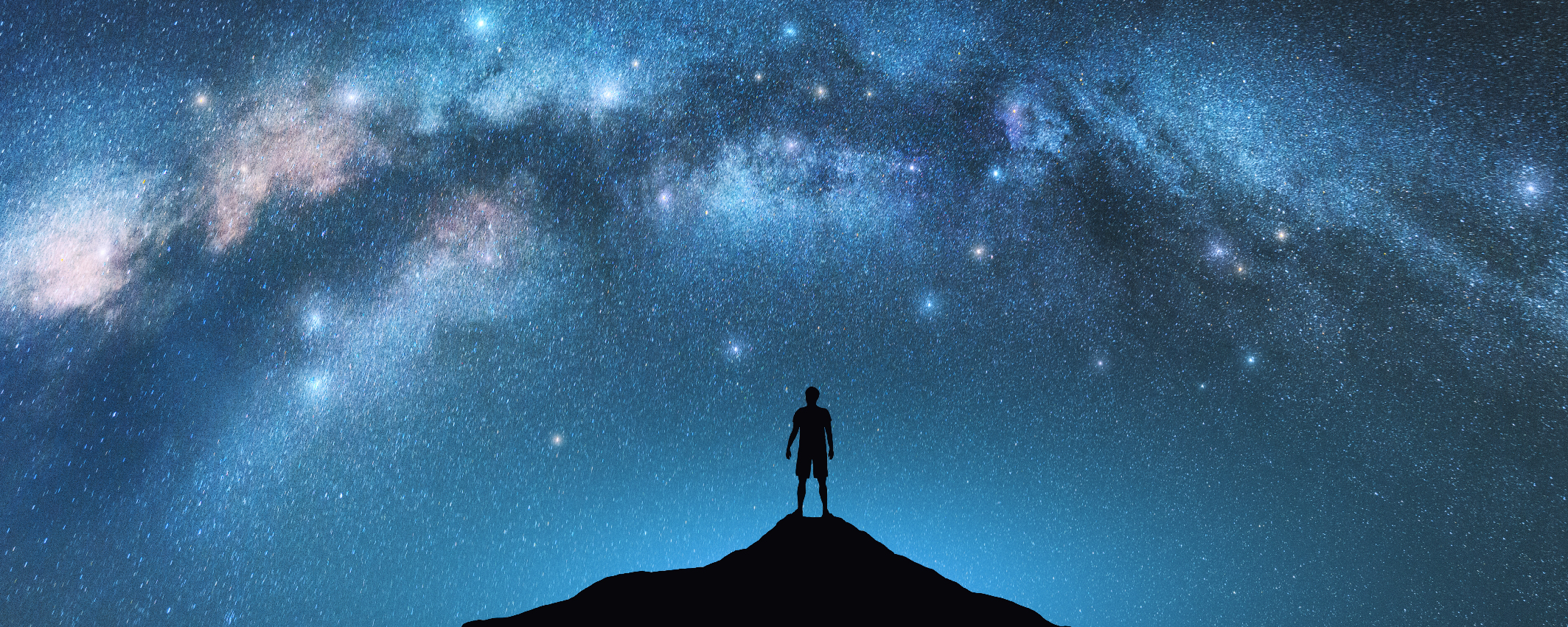 |
CCST9088 Science, Technology and Big DataCosmic Frontiers: How Discoveries are Made and their Scientific ImpactThis course is under the thematic cluster(s) of:
|
Course Description
From planets beyond our Solar System, Black Holes, Gravitational Waves, to the beginning of our Universe – ever wondered how astronomical discoveries are made? If you have, then this course is for you: designed to take students with only rudimentary knowledge in science and mathematics to the cosmic frontiers. Focussing on the four aforementioned subjects, all of which have won Nobel Prizes in Physics over the past two decades, we explain how astronomical measurements are made and examine the scientific impact of the resulting discoveries.
We begin our journey by taking you to planets around nearby stars: how are Exo-planets discovered and their physical properties measured? How do we determine whether Exo-planets are habitable? We then journey to the centre of our Galaxy and ask: how do we know that a supermassive Black Hole resides there, and indeed at the centres of all massive galaxies? We then describe how gravitational waves are measured and explain their sources: pairs of Neutron Stars or, more commonly, Black Holes in their final dance to becoming one. Finally, we journey far into space and back in time to examine the beginning of the Universe, and its evolution to the present-day Universe. We complete the course with a forecast for the future: what will be the fate of our Universe?

Course Learning Outcomes
On completing the course, students will be able to:
- Articulate how (some) major astronomical discoveries are made, and the methods used for measuring the properties of astronomical objects.
- Explain how exo-planets are discovered and their physical as well as orbital properties measured; Describe the observable signature of black holes, and explain how their masses are measured; Articulate how gravitational waves are generated, explain how they are detected, and describe the nature of gravitational-wave sources.
- Describe the concepts underpinning our understanding of the beginning, evolution, and fate of the Universe.
- Better relate to the natural world – the night sky.
- Use the knowledge on the specific topics explored to connect with the larger scope of astronomical as well as general scientific research. For students not engaged in the scientific discipline, apply the knowledge or practices learnt to their own disciplines and life (e.g., consequences of light pollution, importance of connecting to the natural world, logical reasoning, critical analyses, questioning and experimental tests, etc.).
Offer Semester and Day of Teaching
Second semester (Wed)
Study Load
| Activities | Number of hours |
| Lectures | 24 |
| Tutorials | 12 |
| Seminars | 2.5 |
| Fieldwork / Visits | 10 |
| Reading / Self-study | 50 |
| Demonstrations | 5 |
| Assessment: Essay / Report writing | 10 |
| Assessment: Assignments | 12 |
| Assessment: In-class quizzes | 1 |
| Total: | 126.5 |
Assessment: 100% coursework
| Assessment Tasks | Weighting |
| In-class quizzes | 10 |
| Essay | 20 |
| Field trip report | 30 |
| Assignments | 40 |
Required Reading
- Kepler / K2 – NASA Science. From https://science.nasa.gov/mission/kepler/
- Parnell-Brookes, J. (2024, March 15). Best stargazing apps: AR apps and virtual star maps to help you navigate the night sky. Space.com. From https://www.space.com/best-stargazing-apps
- SkyView Virtual Observatory. From https://skyview.gsfc.nasa.gov/current/cgi/titlepage.pl
- Steele, C. (2022, July 3). The Best Apps for Stargazing and Astronomy. PC Mag. From https://www.pcmag.com/picks/the-best-apps-for-stargazing-and-astronomy
- Stellarium Astronomy Software. From https://stellarium.org/
- TESS – Transiting Exoplanet Survey Satellite. From https://tess.mit.edu/
- The 20 Best Astronomy Apps for Stargazing. AstroBackyard. From https://astrobackyard.com/astronomy-apps-for-stargazing/
Course Co-ordinator and Teacher(s)
| Course Co-ordinator | Contact |
| Professor J.J.L. Lim Department of Physics, Faculty of Science |
Tel: 2219 4924 Email: jjlim@hku.hk |
| Teacher(s) | Contact |
| Professor J.J.L. Lim Department of Physics, Faculty of Science |
Tel: 2219 4924 Email: jjlim@hku.hk |
| Professor S.C.Y. Ng Department of Physics, Faculty of Science |
Tel: 2859 7947 Email: ncys@hku.hk |

